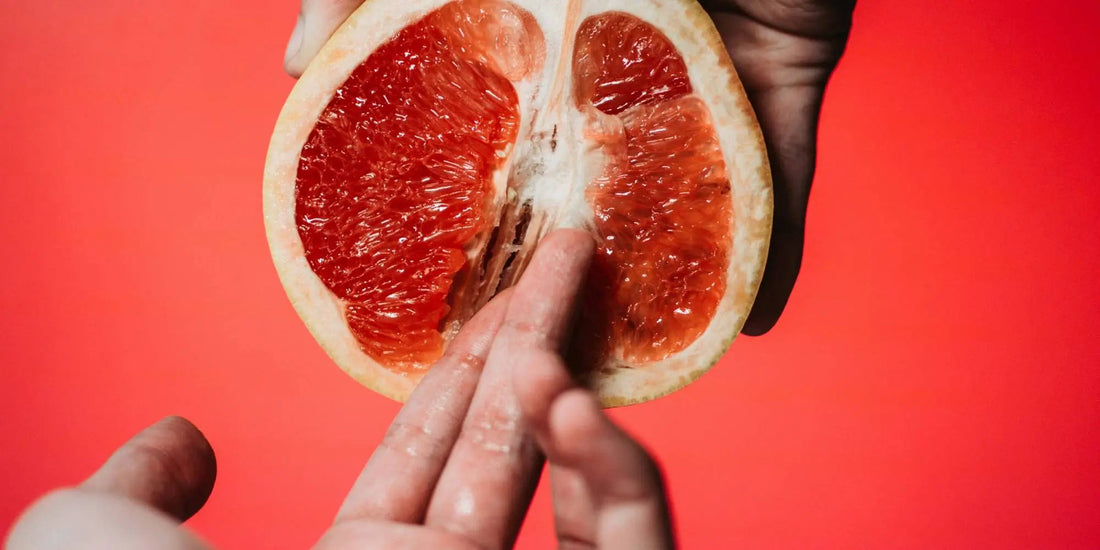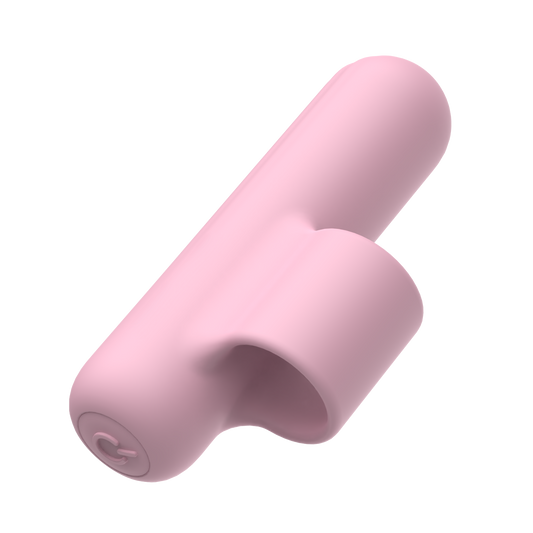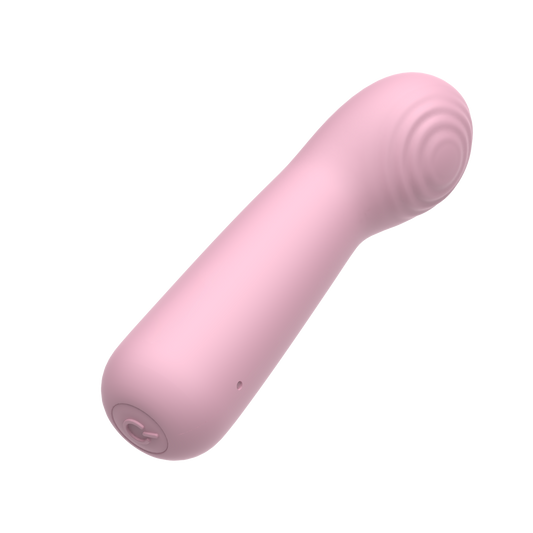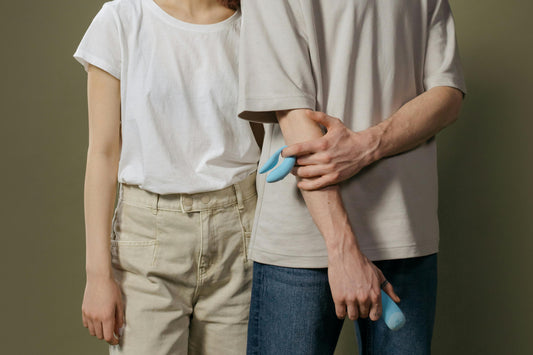
Exploring the G Spot: Anatomy, Techniques, and Pleasure
The G spot is one of the most fascinating areas of female anatomy. Many people ask, “Where is the G spot?” or “Why is it so important for female pleasure?”
The G spot, also known as the Grafenberg spot, is a small area on the front wall of the vagina. You can find it about 1 to 3 inches inside. When stimulated, it can trigger heightened arousal, sometimes intense orgasms, and plays a key role in sexual satisfaction.
Even though the G spot is well known in sexual culture, finding and stimulating it can be complex. It involves understanding anatomy, using the right techniques, and exploring.
What is the G Spot and Why It Matters
The g spot is not just a sensitive area. It connects to the clitoris, urethra, and vaginal nerves. This connection creates a network that increases pleasure.
Grafenberg (1950) described the G spot as an erogenous zone capable of producing orgasmic sensations when stimulated. This connected system, called the clitoris, urethra, vagina complex, allows stimulation in this area. It creates unique feelings that are different from clitoral or vaginal stimulation alone.
Despite its importance, research shows many women have never experienced G spot orgasms. A 2010 survey by the Kinsey Institute found that only 35–40% of women often felt pleasure from G spot stimulation.
Komisaruk and others (2004) found that G spot sensitivity differs a lot among women. They stressed that exploring and being aware of one's body is very important. These findings underline that understanding anatomy is only part of the equation—technique, comfort, and context matter equally.
The g spot vibrator is a popular tool for discovering this elusive area. Its curved design focuses on the front wall of the vagina. This allows for precise stimulation that many find more effective than just using hands.
Using this device can help users safely explore anatomy. It also offers different sensations compared to traditional vibrators or other sexual toys.
Where is the G Spot?
| Feature | Description | Tips |
|---|---|---|
| Location | Anterior vaginal wall, 1–3 inches inside | Easier to find when aroused |
| Feel | Slightly rough or spongy compared to surrounding tissue | Explore with fingers or g spot vibrator |
| Sensation | Varies: subtle pressure, tingling, or intense full-body orgasm | Try different angles, pressure, and rhythms |

Try different angles, pressure, and rhythms.
More blood flow makes the tissue more sensitive. Some users report that gentle pressure combined with a rhythmic motion yields more pleasurable feedback. It is important to approach exploration without pressure or expectation; the goal is sensation, not performance.
How to Stimulate the G Spot
Solo Exploration: Understanding your body is the first step. A g spot vibrator can help you locate the spot precisely. Its curved design targets the anterior wall, allowing you to discover what feels best.
Starting with self-exploration helps a woman understand her body. She can discover what feels good and find her favorite angles. She will also learn how pressure and rhythm can enhance pleasure.
Partner Guidance: Communication is key. Levin (2002) highlighted that open dialogue and feedback between partners enhance sexual pleasure. Guide your partner with hands or verbal cues, start slow, and focus on sensation rather than performance. Sharing the journey of exploration can improve intimacy and make stimulation more effective.
Combination Techniques: Combine G spot and clitoral stimulation to amplify pleasure. Different rhythms and pressures can create stronger feelings. This helps some women have intense orgasms that may not happen with just one type of touch.
Lubrication: Never unde restimate the role of lube. Comfort equals more enjoyable exploration. A good water-based lubricant helps movement, stops friction, and allows stimulation of the G spot without pain.
Fun Exploration Tips
- Relaxed Settings: Explore during bath time, a cozy evening, or another pressure-free environment. Reducing stress and distractions heightens awareness and responsiveness.
- Playful Atmosphere: Laughter and gentle teasing often enhance arousal and promote a more relaxed mindset.
- Individual Differences: Every woman’s experience is unique—there is no “standard” G spot orgasm. Patience and curiosity are essential components of discovery.
Helping Your Partner Find Your G Spot
- Communicate what feels good.
- Guide their hand or use your G spot vibrator together.
- Remember: exploration is a shared adventure, not a test. Focusing on sensation over performance enhances pleasure and reduces stress.
Practical Tips for Effective G Spot Stimulation
Angle and Pressure: Experiment with slight variations in finger or toy placement. Even small changes can produce different sensations due to the internal orientation of the clitoris, urethra, vagina complex.
Pulse and Rhythm: A slow, deliberate rhythm often provides more consistent stimulation than rapid or aggressive motions.
Edging: Near orgasm, reducing pressure briefly before resuming stimulation can intensify the eventual climax.
Some women use the traditional vibrator at the same time. This adds external clitoral stimulation. It works well with G spot stimulation and boosts overall sexual satisfaction.
Water Use: You can use waterproof devices in the shower or bath. The warmth and relaxation can increase arousal.
FAQ
Can every woman have a G spot orgasm?
Not all women experience G spot orgasms. Sensitivity varies, and patient exploration often produces the best results.
Is a G spot vibrator necessary?
Not required, but it’s a helpful tool for precise stimulation, especially during self-exploration.
How can a partner help?
Communication is essential. Guide hands, provide verbal feedback, or explore together with a vibrator. Focus on pleasure, not a race to orgasm.
Incorporating G Spot Exploration Into Sexual Health
Understanding the G spot can deepen sexual self-awareness and improve satisfaction. Research shows that exploring and trying new things in sex can lead to more orgasms. It also helps improve overall sexual health (Komisaruk et al., 2004; Levin, 2002). Moreover, teaching couples to communicate openly about preferences can increase intimacy and reduce performance anxiety, allowing for more fulfilling sexual experiences.
Case Study Example: A survey of 150 partnered women used a G spot vibrator during sex. They reported more orgasms and higher satisfaction scores over six months (Frederick et al., 2018). Participants emphasized that combining G spot stimulation with clitoral stimulation led to more intense and reliable orgasms, highlighting the importance of multi-modal approaches.
Safety Considerations: Always clean devices before and after use. Choose body-safe materials such as medical-grade silicone. Use water based lubricants to reduce friction and prevent irritation. Avoid excessive force, which could cause discomfort or bruising.
Conclusion
The G spot is a unique and highly individual aspect of female sexual anatomy. Some women can feel intense pleasure from stimulation. Others may need practice, tools, or different techniques to enjoy all the sensations.
Patience, curiosity, and communication are key. Using a g-spot vibrator can enhance pleasure.
It's important to understand your body. Communicating with your partner is also key. Together, these factors can lead to more satisfying sexual experiences for everyone.
References
- Kinsey Institute. (2010). Female orgasm study. Indiana University. Survey found only 35–40% of women consistently experience G spot pleasure. https://kinseyinstitute.org/
- Komisaruk, B.R., Whipple, B., & Crawford, A. (2004). The Science of Orgasm. Johns Hopkins University Press. Noted G spot sensitivity varies widely. https://www.press.jhu.edu/books/title/8502/science-orgasm
- Levin, R.J. (2002). The physiology of sexual response in women. Journal of Sex Research. Emphasized partner communication enhances sexual pleasure. https://www.tandfonline.com/doi/abs/10.1080/00224490209552132
- Frederick, D.A., John, H.K.S., Garcia, J.R., & Lloyd, E.A. (2018). Differences in orgasm frequency among sexual orientations. Archives of Sexual Behavior, 47, 273–288. https://link.springer.com/article/10.1007/s10508-017-0939-z











